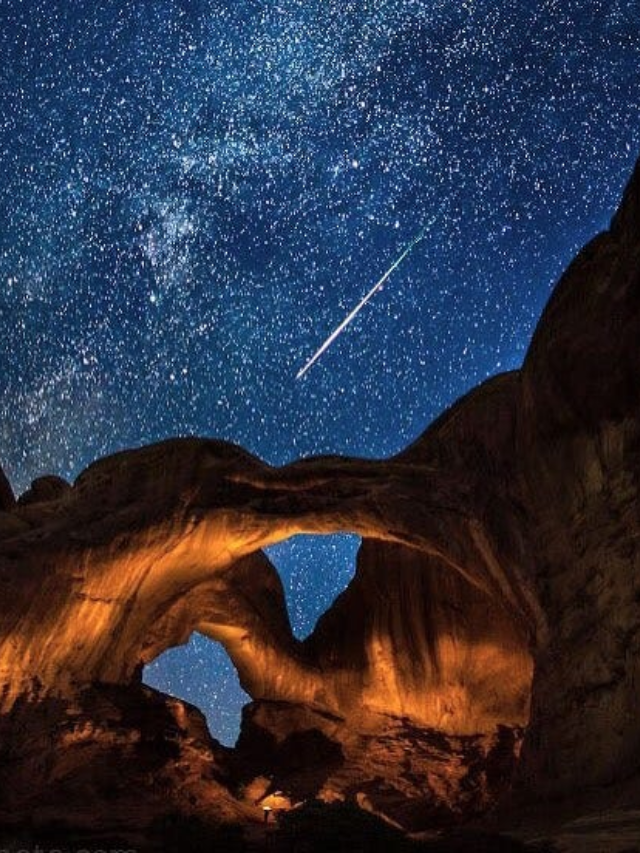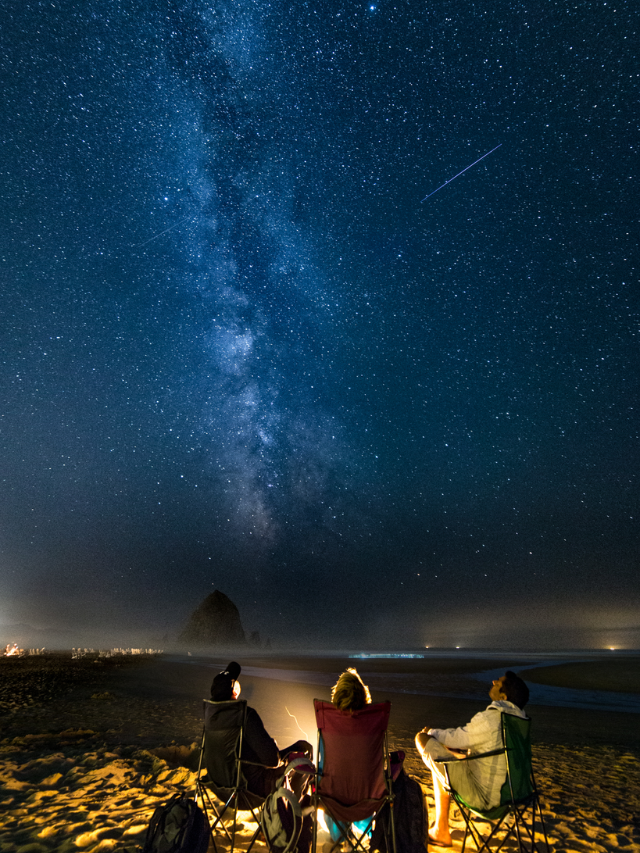
The Perseid meteor shower is expected to produce up to 100 meteors per hour at its peak. These meteors will be visible in the night sky from around 10 p.m. onwards.

The Perseid meteor shower is best viewed in rural areas with minimal light pollution. Find a dark spot away from city lights for the best viewing experience.

The Perseid meteor shower will peak around 2 a.m. on Monday morning. However, you can start spotting meteors as early as 10 p.m.
